The Effects Of Climate Change That Are Already Visible In America
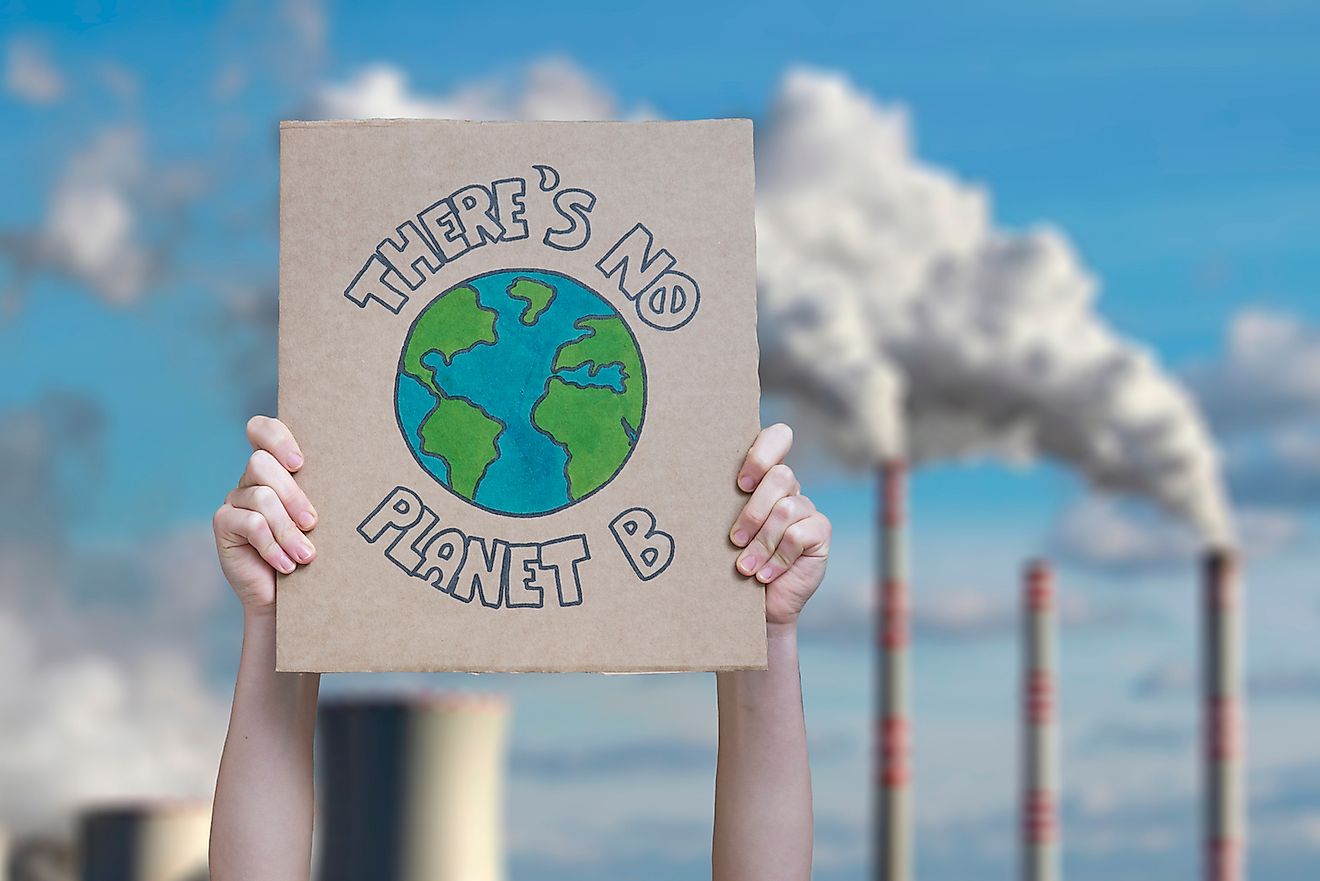
- The effects of climate change are already beginning to be visible in America. Temperatures in the United States have increased from 1.3°F to 1.9°F since records began in 1895.
- The United States is the world’s second-largest emitter of carbon dioxide; it produces 5,275 megatons of CO2 per year.
- Since the 1950s the earth’s sea levels have risen by 6.5 inches.
Climate change refers to a shift in the earth’s conditions, particularly its temperature and weather patterns. Scientists have found that the earth’s temperature naturally fluctuates, but they have noticed that it is now rising faster than ever before. Climate change will greatly impact the planet and its inhabitants, including freshwater shortages, inability to produce crops, and extreme weather conditions. The United States is the world’s second-largest emitter of carbon dioxide; it produces 5,275 megatons of CO2 per year. The effects of climate change are already beginning to be visible in America, read on below to find out the impact it is having on the country.
10. Temperature

Temperatures in the United States have increased from 1.3°F to 1.9°F since records began in 1895. The most recent decade was the country’s warmest and temperatures still continue to rise. It is expected that the average temperature of the United States could rise by as much as 11°F by the end of the 21st century. The rise in temperatures can be attributed to the use of greenhouse gases, which trap heat and prevent it from leaving the earth’s atmosphere. The rising temperatures can cause a number of health problems including, heatstroke, heat exhaustion as well as kidney and cardiovascular diseases. The Natural Resources Defence Council (NRDC) predicts that as many as 150,000 Americans will die due to climate change by the year 2100.
9. Hurricanes
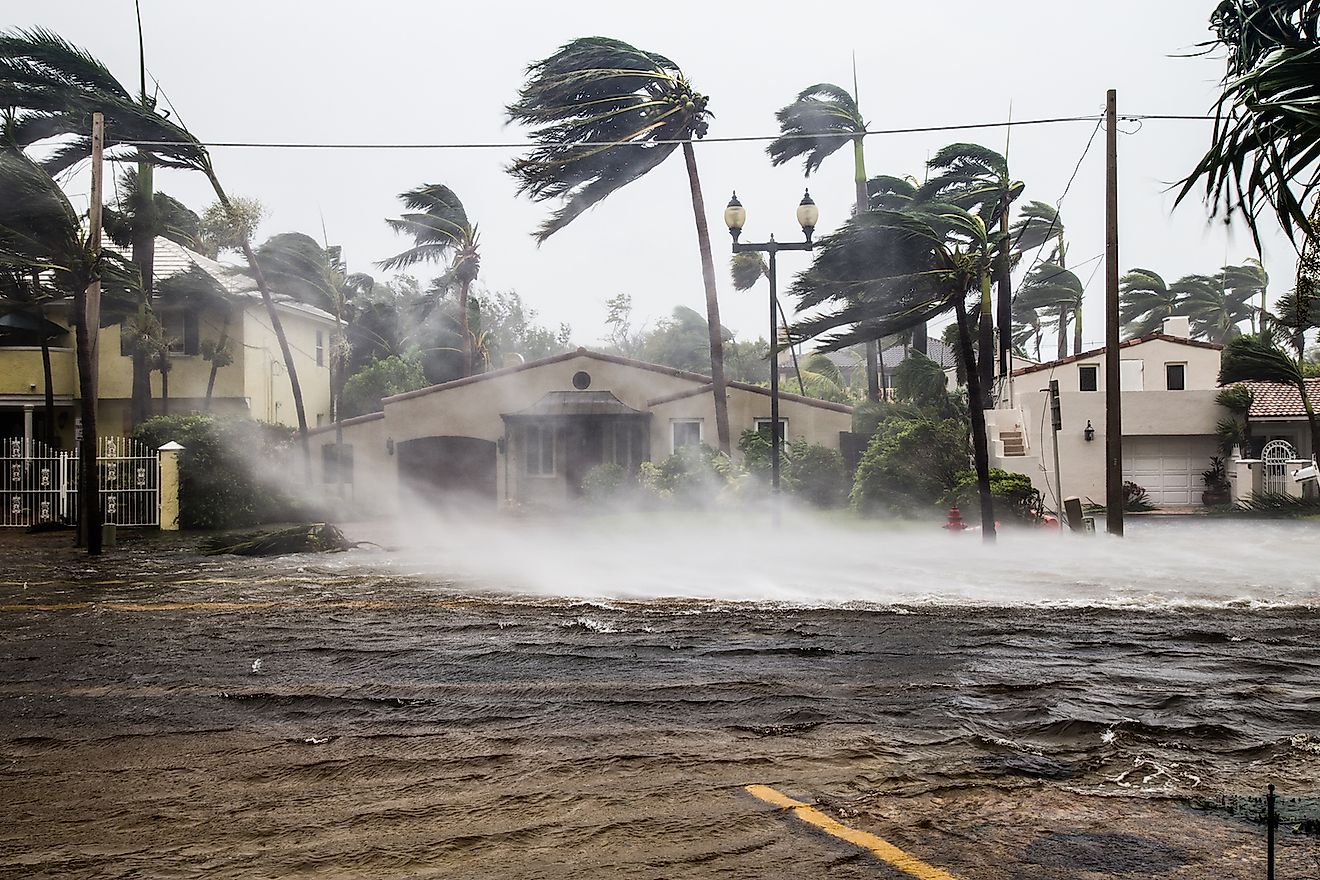
Hurricanes are large rotating storms that are common in the United States and are especially prevalent in Florida. Since the early 1980s, the nation has seen a change in the intensity, duration and frequency of hurricanes. The recent increase in activity is linked to a rise in sea surface temperatures, which are thought to be influenced by human-induced greenhouse gases and particulate pollution. Rising sea levels are increasing the intensity of hurricanes, a particular example of this is Hurricane Sandy. Sea level rise exaggerated the effects of the hurricane, which caused USD 65 billion in damages in New York, New Jersey and Connecticut in 2012.
8. Glacial melt
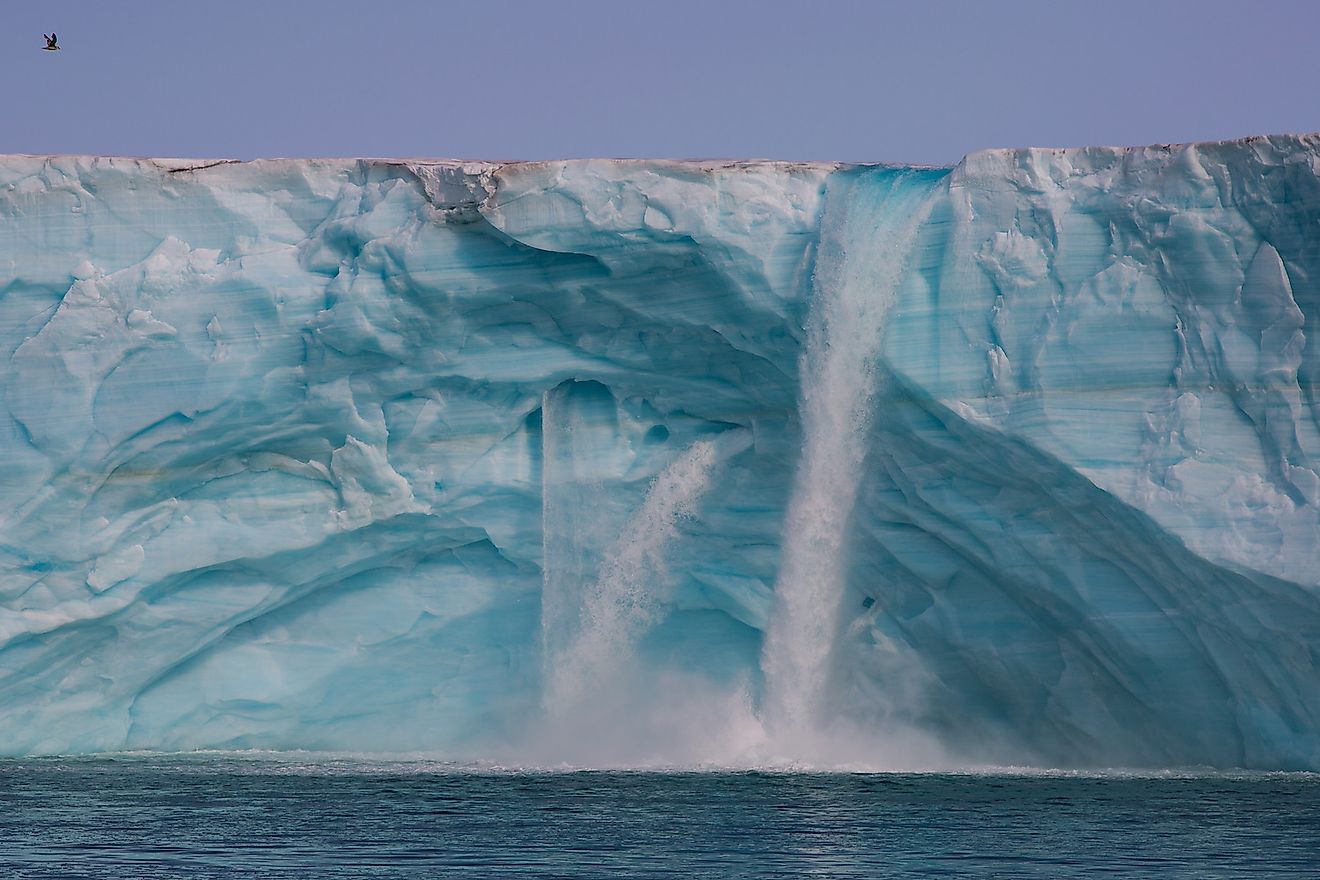
The glaciers of the United States have steadily melted since the 1960s, but the thawing has accelerated and the glaciers in western North Alaska are melting four times faster than the previous decade. The burning of fossil fuels has resulted in an increase in greenhouse gases, which has raised the earth’s temperature and therefore begun to melt the glaciers. The glaciers then run off into the sea, contributing to rising sea levels. Further problems of the glaciers melting include flooding, coastal erosion, and harm to marine life.
7. Flooding
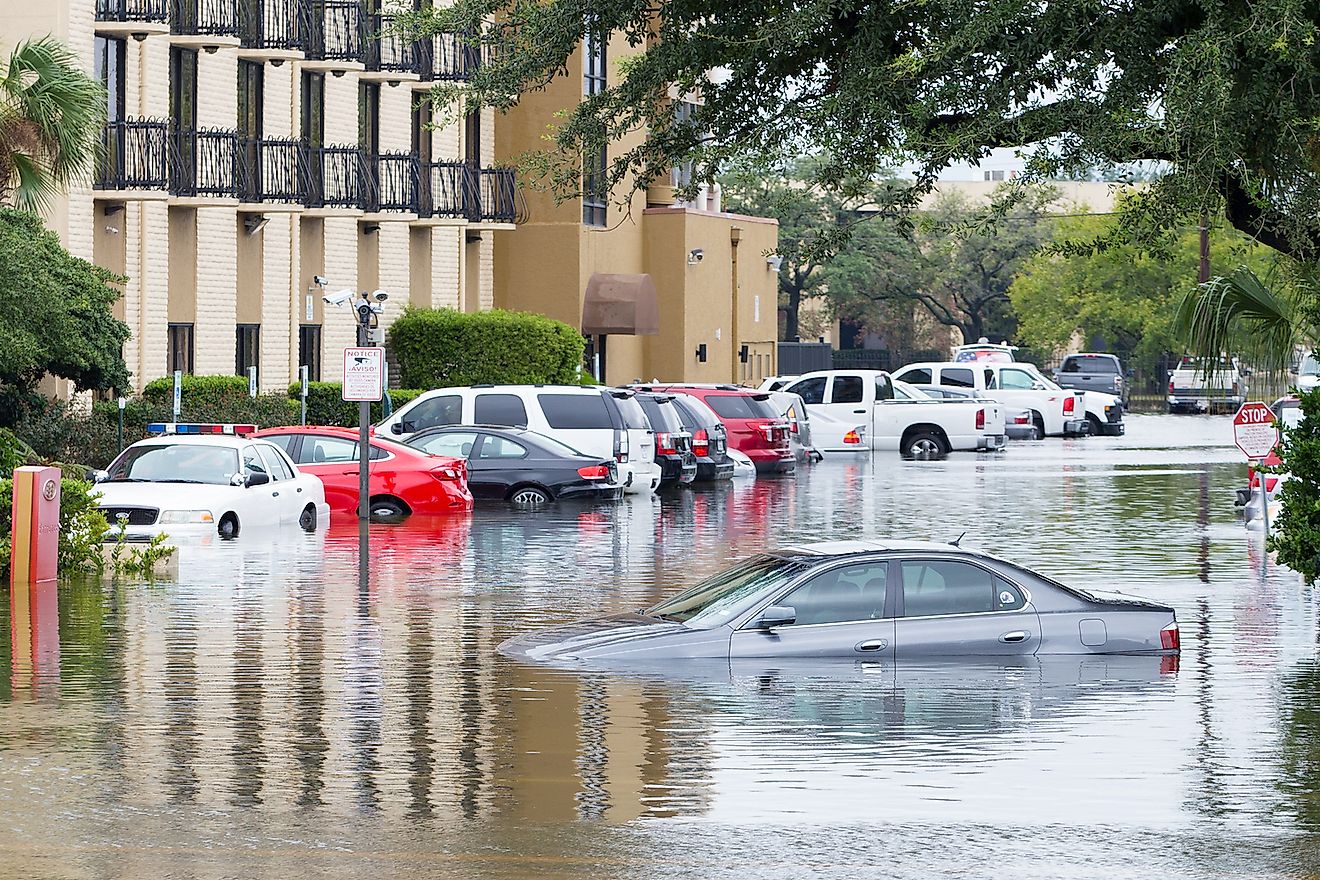
Since the 1950s the earth’s sea levels have risen by 6.5 inches, with nearly half of it occurring in the last 20 years. The three-inch increase has caused a 233% rise in tidal flooding across the United States and as global warming continues, it is expected that the country’s floodplains will grow by 45% by the end of the century. The most common type of flooding in America is a result of overflowing rivers, this puts nearly 4.1 million residents at risk of their homes and communities being destroyed. The rising sea levels also threatens coastal communities as more than 8.6 million people live in areas that are susceptible to coastal flooding.
6. Droughts and heatwaves
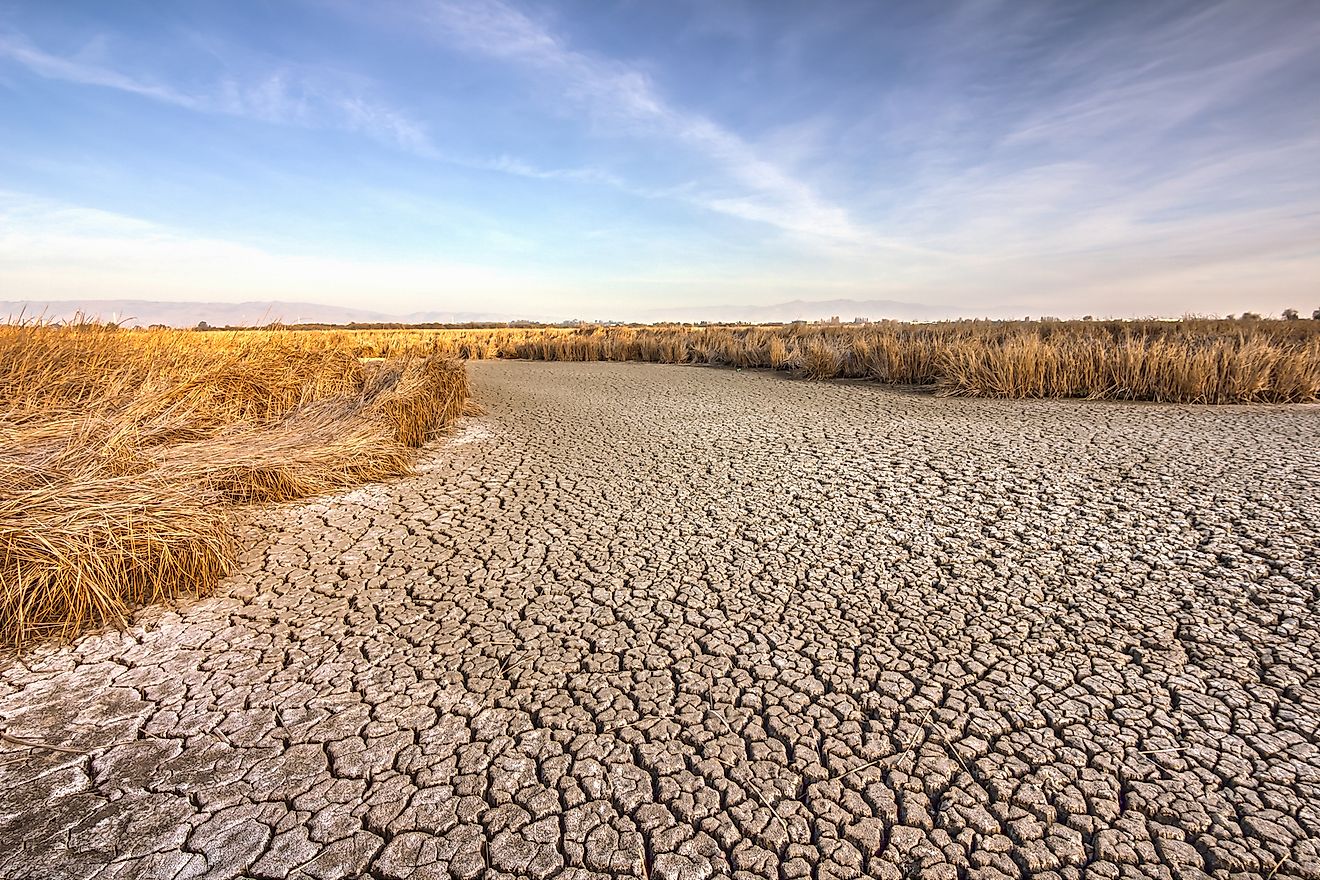
As the earth’s temperature continues to rise, it is projected that droughts in the Southwest of the United States will become more intense. Experts have predicted that by the end of the century, extreme heat days that used to be a once in every 20-year occurrence will happen every two or three years across the nation. Heat waves will also become more common, which will have a fundamental impact on agriculture and transportation. Drought and heatwave conditions will increase the number of wildfires in the U.S. The country will see millions of acres of forests and thousands of homes destroyed. In California, 14 of the 20 largest wildfires on record happened across the last 15 years.
5. Increased precipitation
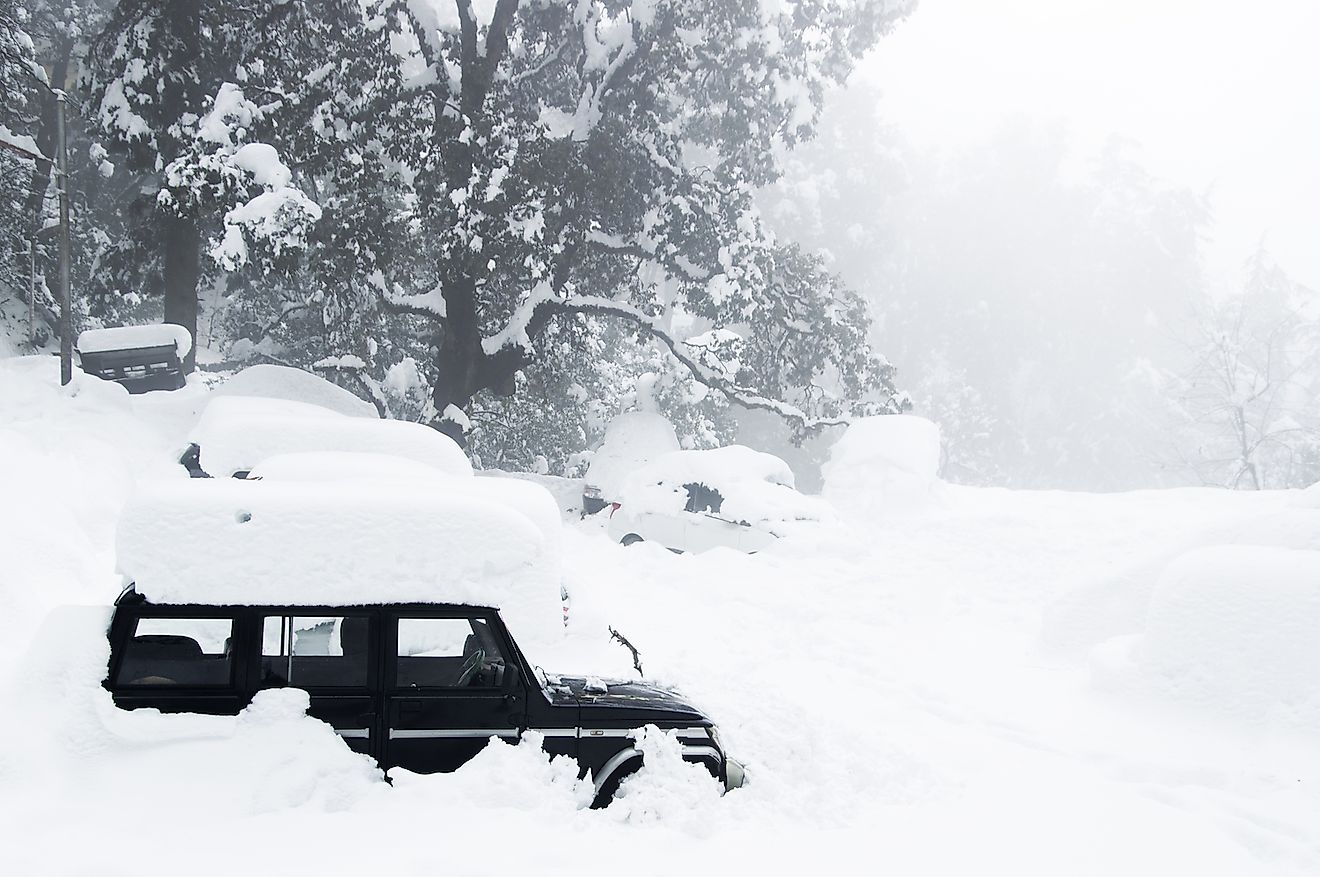
The most common forms of precipitation are rain and snow. Changes to this weather condition could have a significant impact on the future of the United States. From the years 1901 to 2015, the country saw a 4% increase in precipitation across the country. The Northeast, Great Plains and Midwest have each observed an increase in precipitation, whereas the southeast and southwest have received less. These changes can greatly impact ecosystems and agriculture. More rainfall can also cause flash floods, which can cause damage to towns and cities.
4. Economy
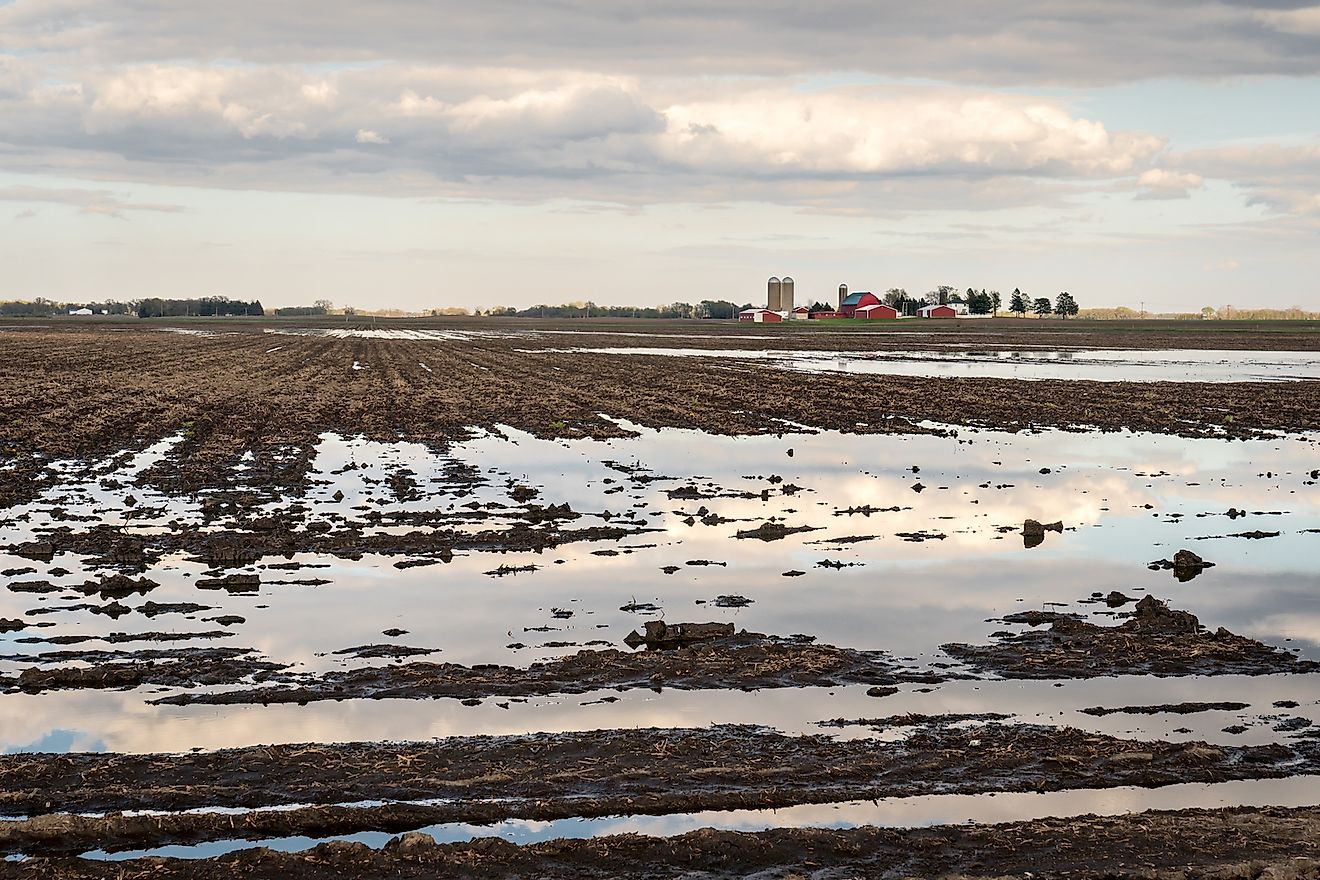
Climate change is having a significant impact on a number of industries, most notably the fishing, agriculture and farming sectors. The agriculture of the United States is particularly vulnerable; although agriculture is a small portion of the U.S. economy, many Midwest states are heavily dependent on the sector. Instances of extreme rainfall have caused mass flooding in some states. In 2019, Nebraska lost USD 440 million worth of cattle and Iowa suffered USD 1.6 billion in losses. The National Oceanic and Atmospheric Administration expects food supplies to suffer, as, in 2019, farmers only planted 67% of their corn crop compared to the year before when they had planted 96%. By 2050, the Midwest is predicted to lose up to 25% of its corn and soybean yield.
3. Rising sea levels
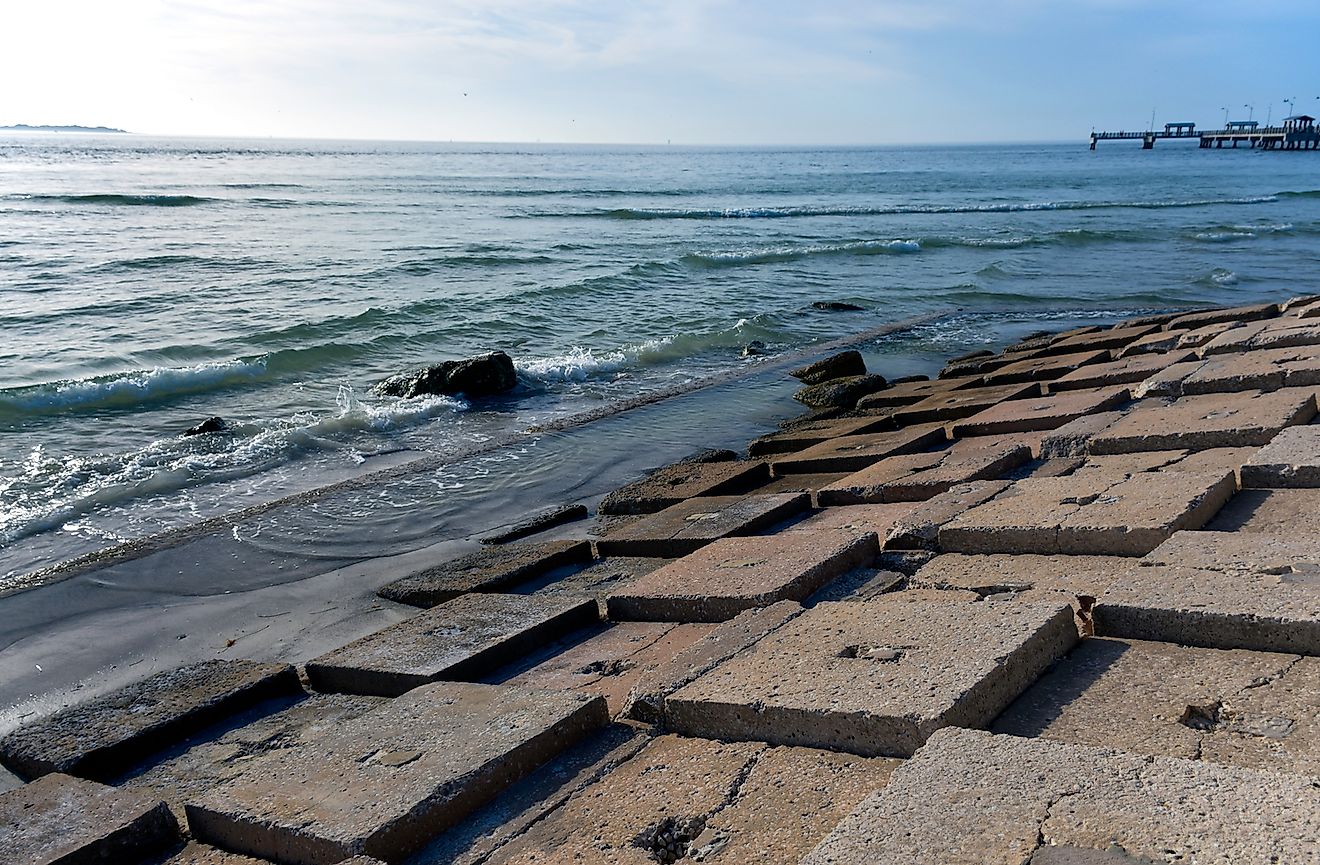
The United States’ eastern seaboard is experiencing flooding from rising sea levels a lot faster than the global average. A slowing Gulf Stream in conjunction with North Atlantic weather patterns are thought to be the reason behind the rising sea levels - both can be linked back to the change in the earth’s climate. Baltimore, Norfolk, Charlestown and Miami are just some of the places that are being affected by the floods. The NOAA predicts that by the year 2100, high tide flooding will occur every other day - that is 182 days per year. Studies have found that a rise in sea levels will reshape the United States, as flooded areas along the coastline will cause people to relocate inland. This will heavily impact the economy, housing market, and infrastructure networks across the country's cities.
2. Biodiversity
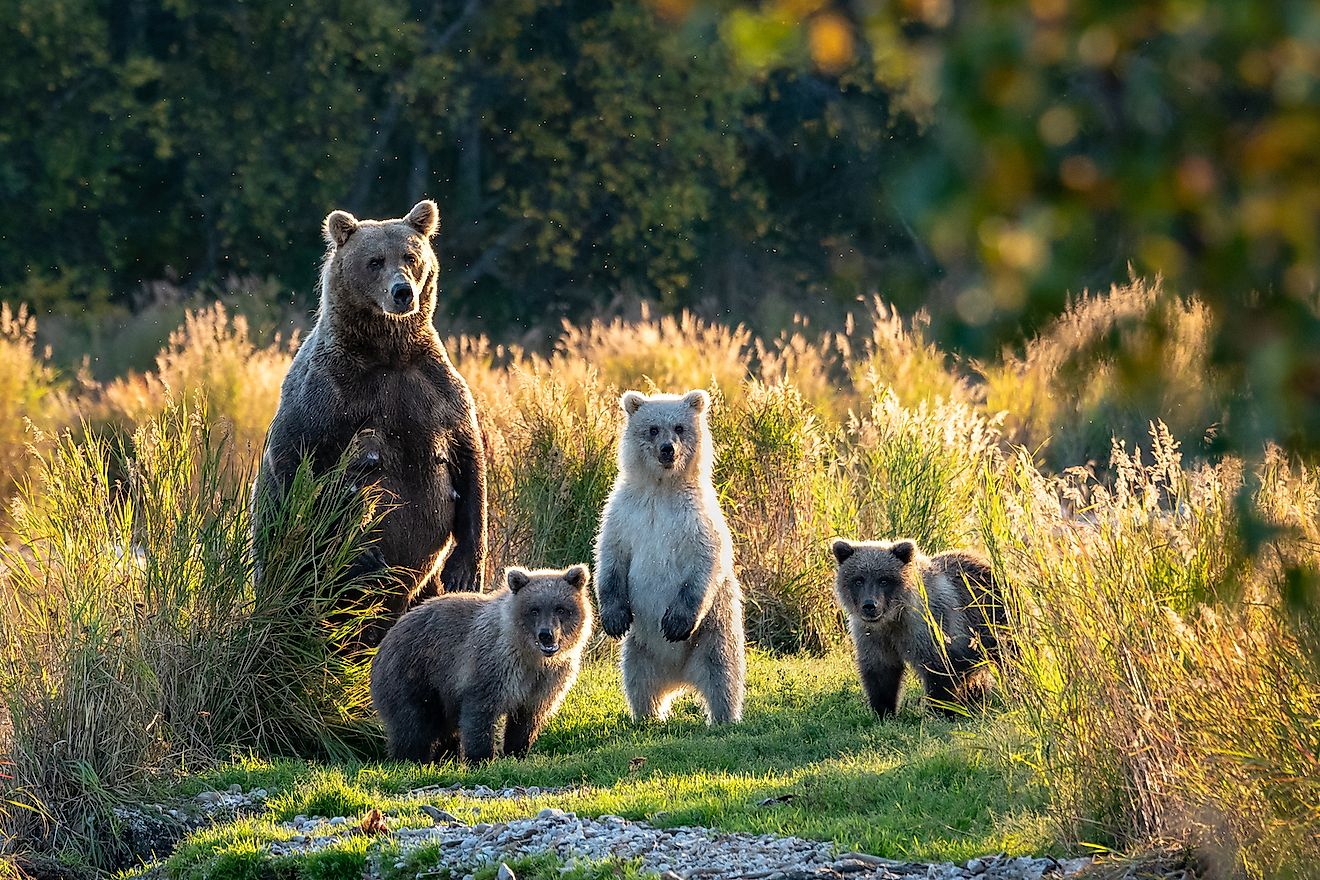
The change in temperature has had an effect on the United States’ biodiversity. Species such as the red fox and Edith’s checkerspot butterfly have migrated north or in search of higher altitudes while tree swallows and Mexican jays have experienced changes to their reproduction timings. Although it shows the species are adapting to the new climate, the intricacies of ecosystems will be severely impacted. If climate change is not addressed, then the United States will see a loss of its native biodiversity.
1. Ocean acidification
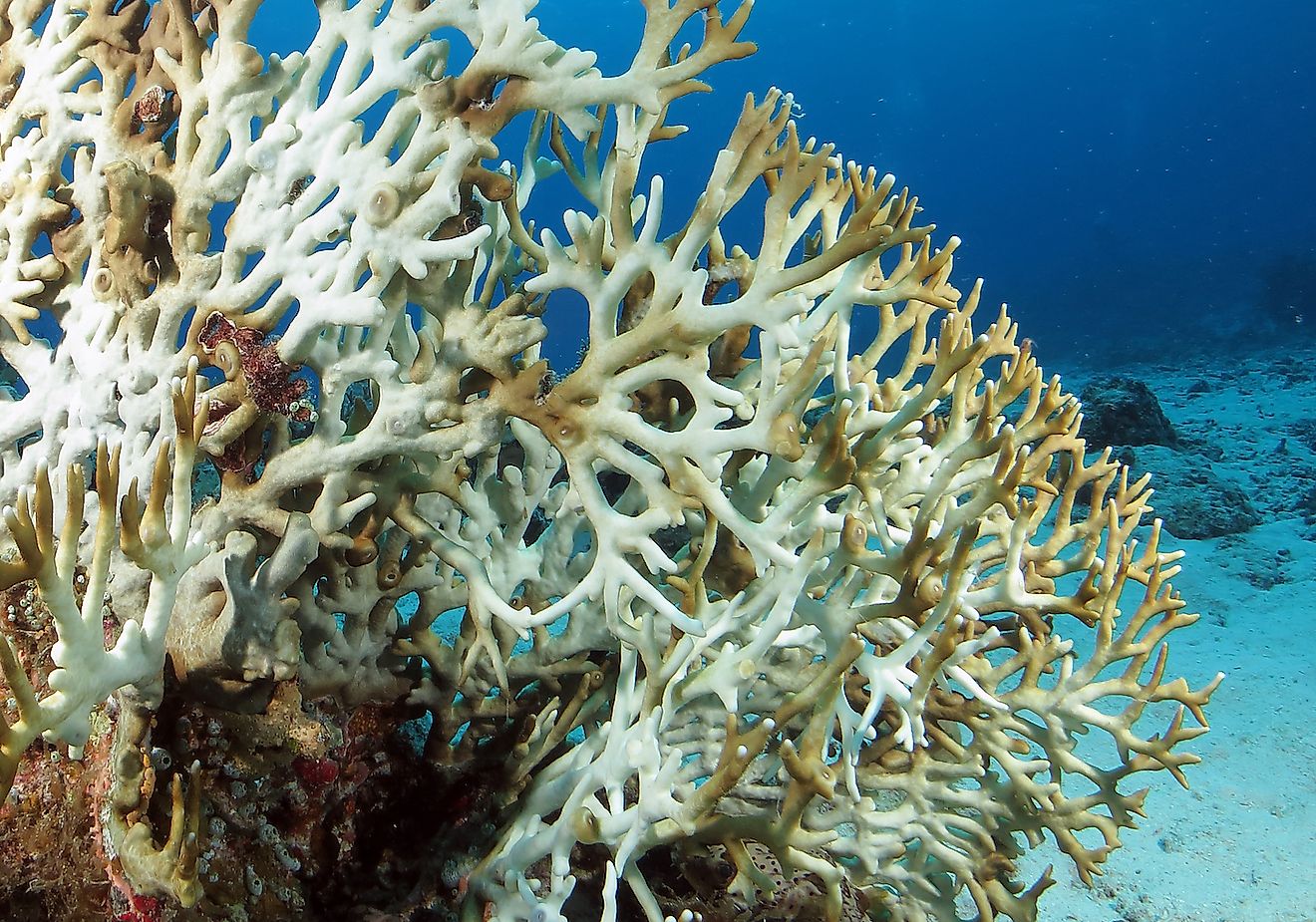
Ocean acidification is the reduction in the oceans’ pH levels to make it become more acidic. Over the past 150 years, humans have increased the amount of carbon dioxide in the atmosphere by burning fossil fuels. As a result, the ocean has absorbed around 29% of this carbon. The added carbon dioxide has caused the oceans to be approximately 30% more acidic, which is detrimental to marine ecosystems, as many species cannot thrive in these conditions. Ocean acidification is already causing multi-million dollar losses to the fisheries in the Northwest. An increase in toxic algae poses a risk to human health, which has caused many fisheries to shut down.











